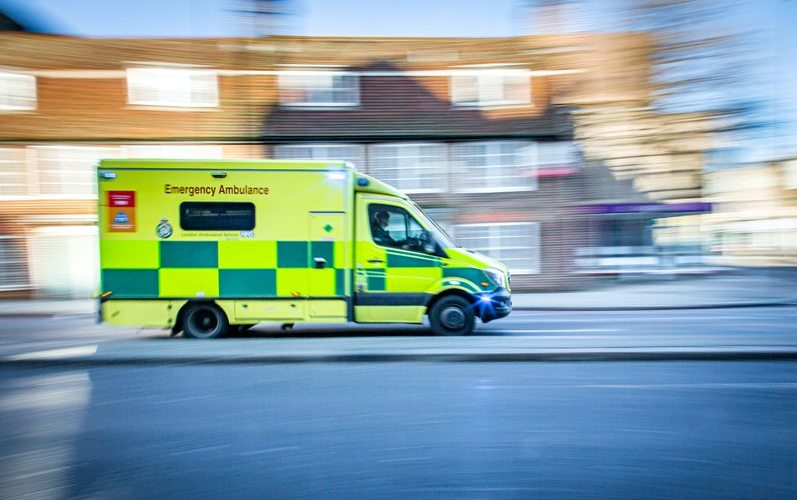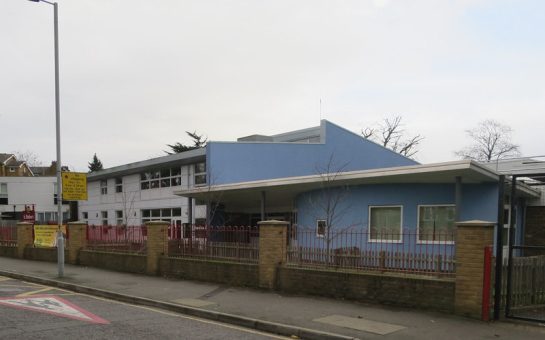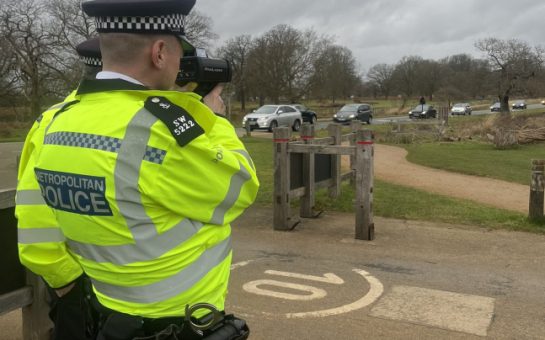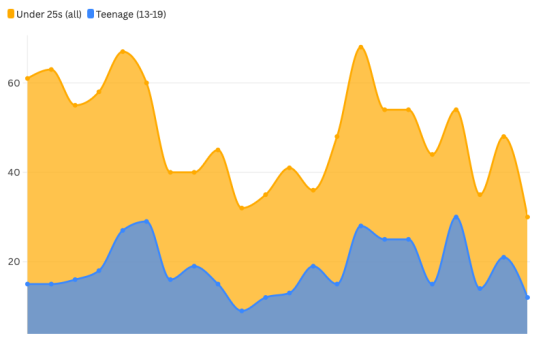Deaths on London roads fell to their lowest level on record in 2021, according to figures released in June by Transport for London.
The number of people killed on London’s roads fell by 22% from 96 in 2020 to 75 last year, while collisions resulting in serious injuries rose by 18%.
Almost half of those killed were pedestrians at 48%, while walkers, cyclists and motorcyclists made up the majority of deaths at 84%.
Mayor of London, Sadiq Khan, said: “Every death and serious injury on our roads is a tragedy and I refuse to believe that they are something we have to accept as inevitable.”
The data was released as part of Vision Zero for London week, which aims to eliminate all deaths and serious injuries from London’s transport network by 2041.
TfL blames the rise in serious injuries on traffic returning to pre-pandemic levels in the latter half of 2021.
The number of cyclists killed rose from six to ten and serious injuries to cyclists increased by 15% from 2020 and 54% since the 2005-2009 baseline.
TFL said this reflects cycling’s rise in popularity during the pandemic as the proportion of road journeys made by bike rose from 2.3% in 2019 to 3.4% in 2020.
Cars were involved in 64% of collisions that resulted in death or injury, and speeding was the biggest contributing factor in fatal collisions.
TfL said it was working with the Metropolitan Police to crack down on speeding, who issued 476,685 speeding offences in 2021/22, an increase of 72% on 2020/21.
Electric scooters have also been a boom in popularity in recent years, both through illegal road-usage and London’s trial of rental scooters which launched in 2021.
In 2021, three people were killed while riding e-scooters, up from none in 2020 and one in 2019.
British Cycling policy manager, Nick Chamberlin, said: “London continues to lead the way for the country in investing in safe space for people cycling, enabling more people to try cycling short journeys.
“The latest incident statistic from TfL show that selfish and dangerous driving, and badly designed roads and junctions, that allow unsafe driving speeds, can still mean that for too many people, cycling remains intimidating and occasionally tragically dangerous.
“With TfL funding for new safe cycling infrastructure and other traffic calming measures in doubt, because of income fall during the Pandemic, it is vital that central Government ensure that the progress made to date isn’t undermined because of political arguments over funding.”
Sándor Szórád, a cyclist from London, said: “This city still treats cyclists and pedestrians as guests in car territory. To make a difference we need safe cycling infrastructure, safe junctions, roads encouraging lower speeds and enforcement of speed limits.
“The money spent on active travel by the government is pocket change: a rounding error for HS2. Per annum it is less than half of the price of the totally useless Silvertown tunnel.”
TfL committed to spending £100 million on walking and cycling in London before December under a financial agreement with the Department for Transport.
Since the start of the pandemic, TfL has delivered 100km of new or improved cycle routes and estimates that one in five Londoners now live near the cycle network, up from 11.5% in 2019.
However, construction for the new Silvertown road tunnel which will connect Greenwich and east London in 2025 will reportedly cost £1 billion.
Khan argued that the data showed fewer cars meant fewer deaths and serious injuries and said he was committed to encouraging more Londoners to walk and cycle.
Khan said: “The cost to the capital of a car-led recovery cannot be underestimated, with increased road danger, detrimental health impacts, time wasted stuck in traffic and billions lost to the economy.
“There is still much more to do to eradicate road deaths and serious injuries from our streets, but I am determined that together we will help make London greener, more sustainable and safer for all.”





